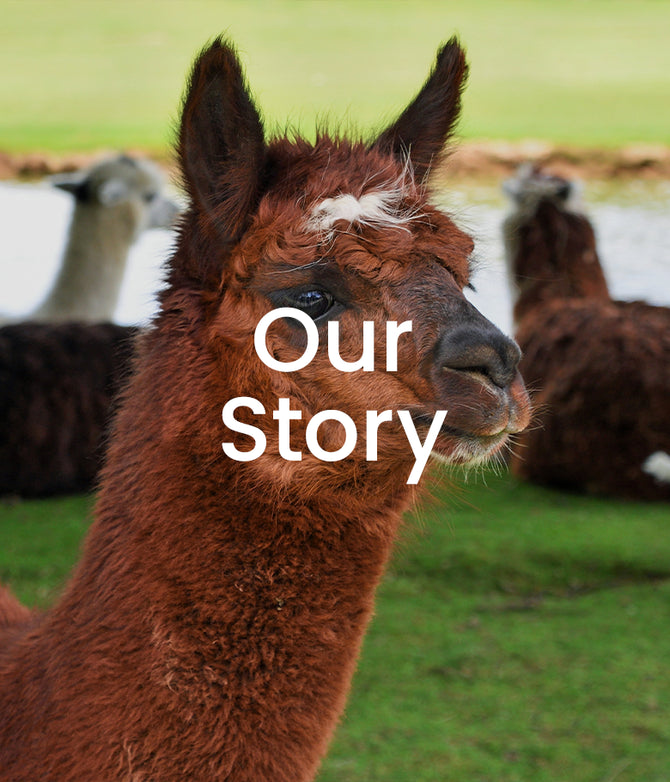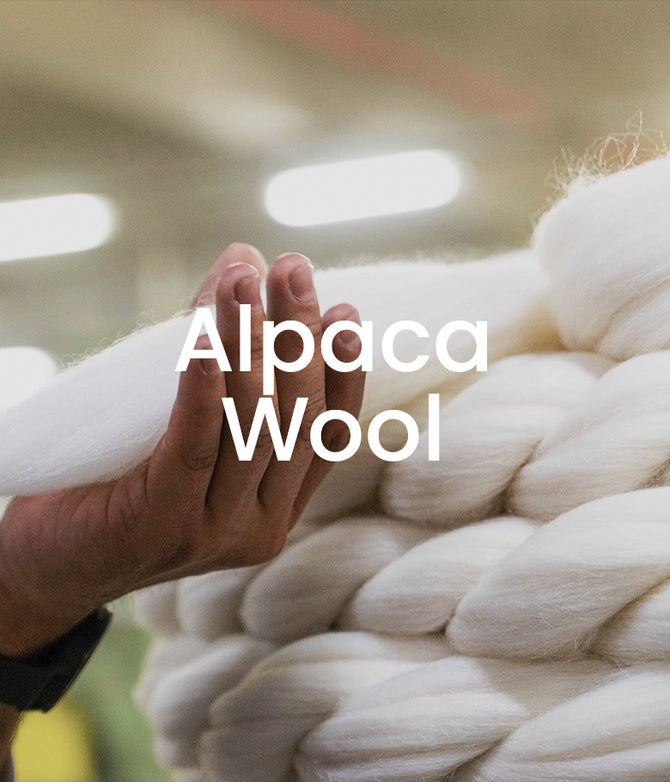Sustainable Living
How To Dispose of Wool Clothing
Published 14th October, 2020
Throwing Away Clothing
Waste seems to be the bane of 21st century life. Even with the reduction in popularity of single use plastics and fast fashion, most of us still produce far more waste than we would like to. We send our recyclables to the recycling centre, make eco-bricks with discarded plastic bottles and wrappers, and compost vegetable waste, but what to do with old, damaged and unused clothes?

Reducing Waste From Clothes
The first step to living more sustainably and reducing waste, is to buy less stuff. If you buy less, there’s less to throw away! Once incredibly popular, fast fashion is now on its way out, as people realise the negative impact the clothing industry can have on the environment. No one cares if you wear the same outfit three, five, or fifty times in a year anyway. Here are a few things you can do to reduce your clothing consumption in the first place:
- GO FOR DURABLE ITEMS
Go for designs and fabrics that are built to last. You may need to invest a little more, but many brands are changing focus, moving back towards making clothing that will last several seasons, or even that you can pass on to someone else. - CHOOSE VERSATILE GARMENTS
Why buy one t-shirt for running, another for a casual day in town and another for your yoga classes, when one t-shirt could cover all those activities? When buying new, choose clothing that is designed with many purposes in mind, as well as simpler designs and colours that don't go out of fashuion. - BUY SECOND HAND
There are many ways that you can get hold of good quality, second-hand clothing: internet sites like Amazon and E-Bay, garage sales and charity shops. You can also pick up great clothes in good condition from friends or family members or through clothing swaps. Buying second hand means that you save items from landfill.

Reduce, Reuse, Recycle
Even if you reduce your consumption of new clothing, garments will probably get damaged, worn out or may just not be suitable for you anymore. Disposal solutions for fabrics depend a lot on their composition and where you live, but there are a few waste reduction ideas that apply to many types of fabric:
- REPAIR
In the case of smaller damage, ripped seams or broken zips, repairs are often relatively easy and require minimal equipment. Check out YouTube for tutorials on clothing repair, or look for a local tailor to help you out. Many outdoor companies offer repair services for their clothing, so take a look at company websites for information. In the case of wool, a lot of holes can be repaired by darning: you can match the color and material of the thread to hide the damage, or make a statement by darning the hole in contrasting colours, that really stand out. - SELL, SWAP OR GIVE AWAY
Despite our best efforts, there will always be items of clothing in good condition that we no longer use: they don’t fit us, we no longer do the activities they are designed for, or we just don’t like them anymore. In this case, your first step should be trying to find someone else who can use it. Sell items in garage sales, second hand shops, on websites like E-Bay and Gumtree or local Facebook groups. Alternatively, organize clothing swaps with friends, or donate quality, clean clothing to a charity shop, where it will help raise money for a good cause. - REUSE OR REPURPOSE
The internet is full of ideas for how to reuse, repurpose or “upcycle” used items including clothing. You can reconfigure old clothing into jackets for your dog, Halloween costumes, quilts, cushion covers or stuffing, and innumerable other craft projects. Cutting really old or damaged clothing into rags for dirty jobs around the home and garden is a great option to extend a fabric's usefulness. If you don’t feel you have the time or the skills for these things, look for friends or even organisations in your area that can use your unwanted fabrics. - RECYCLE
Textile recycling it isn’t available everywhere, or for all textile types, but it really is a viable alternative, particularly for wool. A lot of big outdoor companies use recycled wool and other fibres in their products, so they must come from somewhere, right? Check your local listings for councils or companies in your area that offer textile recycling schemes.
Recycling isn’t a perfect solution as it usually involves high usage of energy and water resources and often has pitfalls, so really it's best to try to:
Repair or pass on to someone else first, reuse or repurpose, and THEN recycle

Can I Compost Clothing?
If you have natural fibres like wool or cotton, and you don't have a textile recycling scheme near you, there is another option: COMPOST IT!
Fibres like cotton and wool are natural and therefore will biodegrade when buried. Organic matter can biodegrade in rubbish dumps, but this depends on the conditions within the landfill and what other items it is buried under, so natural fibres can take far longer to biodegrade in landfill than they should. A better solution is to compost natural fibres. You can cut up wool fabric and mix it in with the other organic matter in your compost heap, but be aware it might take fabric longer to break down than your usual kitchen waste (some sources estimate around one year). If you don’t want to have to wait so long to use your compost, you can also bury chopped up wool or cotton fabric in your garden, in a place that you are unlikely to disturb in the near future.
Before you bury or compost wool clothing, make sure to remove any zips, elastic bands and labels that probably aren’t biodegradable. Also be aware that a garment made of cotton or wool may be stitched together using synthetic threads (likely plastic-based, therefore non-biodegradable). You may want to cut out the seams and dispose of these separately if you’re not sure. Other issues could be the chemical treatments that yarns, fabrics and threads have undergone during processing and any screen printing or embroidered logos (again likely done with nylon).

How Should I Dispose of Arms of Andes Clothes?
The good news is that Arms of Andes 100% royal alpaca wool fabric is made from natural fibres and is produced with minimal chemical treatments. Our new line for 2020/21 is coloured using natural dyes and is stitched together using unbleached cotton. Our labels are also made of cotton and are printed with an eco-friendly black dye. All this means that our shirts are now 100% biodegradable! We still use non-biodegradable zippers (mid layers and base layers) and elastic bands (bottoms and underwear) though, as truly biodegradable alternatives are very limited at the moment. We are working on this!
Note that our socks are made of a mixture of alpaca wool and nylon for added durability, so are not fully biodegradable.
Wool is durable, reuseable, recyclable and biodegradable, so by buying wool clothing, you can reduce the end of life impact your clothes have on the environment. On top of that, Arms of Andes alpaca outdoor apparel is made with sustainably produced alpaca fibre, coloured with natural dyes, stitched together with unbleached cotton threads and has biodegradable labels. It will last longer than other items of clothing, doesn't go out of style and can be composted once it's no longer in a state to reuse.
BUY LESS THEN: REPAIR, PASS ON, REUSE, RECYCLE OR COMPOST










